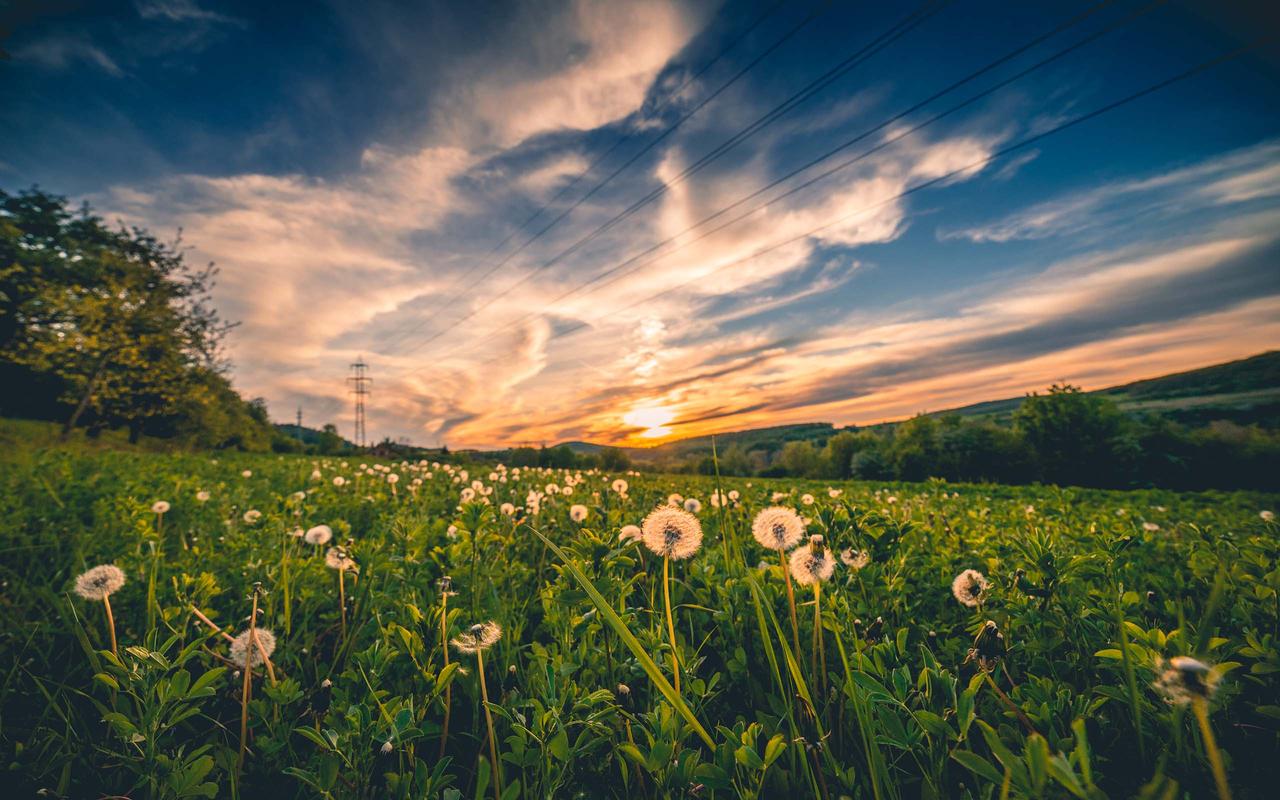As human beings, we are constantly seeking out avenues to connect with one another and the world around us. One such way is through the lens of cultural traditions – practices handed down from generations before us that bind us together as a community, imparting a sense of identity and belonging. From the ceremonious dances of indigenous tribes to the elaborate ensembles of Indian weddings, cultural traditions have evolved and adapted over time, lending their own unique flavors to our ever-expanding global tapestry. In this article, we take you on a journey through some of the most intriguing and vibrant cultural traditions from across the world.
1. Holi (India): A riot of colors and fun, Holi is a Hindu festival that celebrates the triumph of good over evil. People smear each other with brightly colored powder, share sweets, and dance to festive music. Holi brings together people from all walks of life and is an excellent example of how a cultural tradition can bring communities together.
2. Carnival (Brazil): This vibrant festival held in Brazil is a celebration of life, love, and music. From parades to mask balls, the festivities of Carnival are marked by colorful costumes and masks that embody the Brazilian joie de vivre. Every year, more than two million people come together to revel in the spirit of Carnival and experience its infectious energy firsthand.
3. Day of the Dead (Mexico): Celebrated every November, Day of the Dead is a Mexican festival that honors deceased loved ones. People create elaborate altars with candles, flowers, sugar skulls, and other offerings to remember their departed family and friends. This heartfelt and joyous celebration is a testament to the enduring nature of human connection.
4. Cherry Blossom Festival (Japan): The Cherry Blossom Festival in Japan is a celebration of the arrival of spring and the ephemeral beauty of cherry blossoms. People flock to parks and gardens to witness the bloom of the flowers and participate in picnics, singing, and traditional dances. The festival symbolizes renewal, hope, and the fleeting nature of life.
5. Dia de los Muertos (Guatemala): Similar in many ways to the Mexican Day of the Dead, Dia de los Muertos in Guatemala is a celebration of life and death. People gather to honor their loved ones who have passed away and adorn graves with flowers, candles, and offerings. This tradition is a reminder that death is an integral part of life, and that our memory and legacy can live on through the memories of those who knew us.
6. Dragon Boat Festival (China): The Dragon Boat Festival in China is a cultural tradition that dates back more than 2,000 years. It is a tribute to the ancient Chinese poet Qu Yuan, who drowned himself in a river after being exiled from court. To prevent fish from eating his body, people raced to the site of his drowning in dragon-shaped boats, beating drums and cheering along the way. Today, the festival is marked by colorful dragon boat races, traditional food, and music.
In conclusion, exploring different cultural traditions is an excellent way to broaden your horizons, learn about other cultures, and connect with people from diverse backgrounds. From festivals that celebrate life and love, to those that honor the dead, each cultural tradition is a unique expression of the human experience. By embracing and sharing these riches, we can celebrate our shared humanity and the diversity that makes us truly one-of-a-kind.
(Note: Do you have knowledge or insights to share? Unlock new opportunities and expand your reach by joining our authors team. Click Registration to join us and share your expertise with our readers.)
